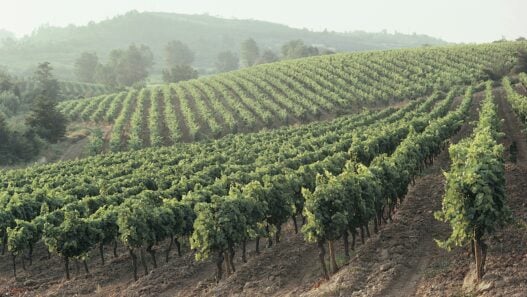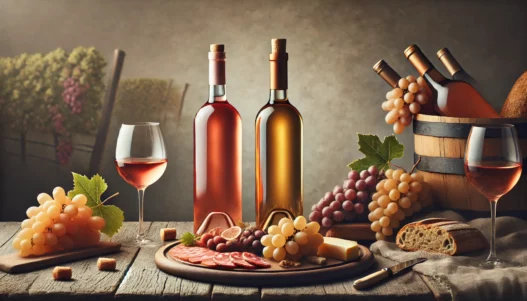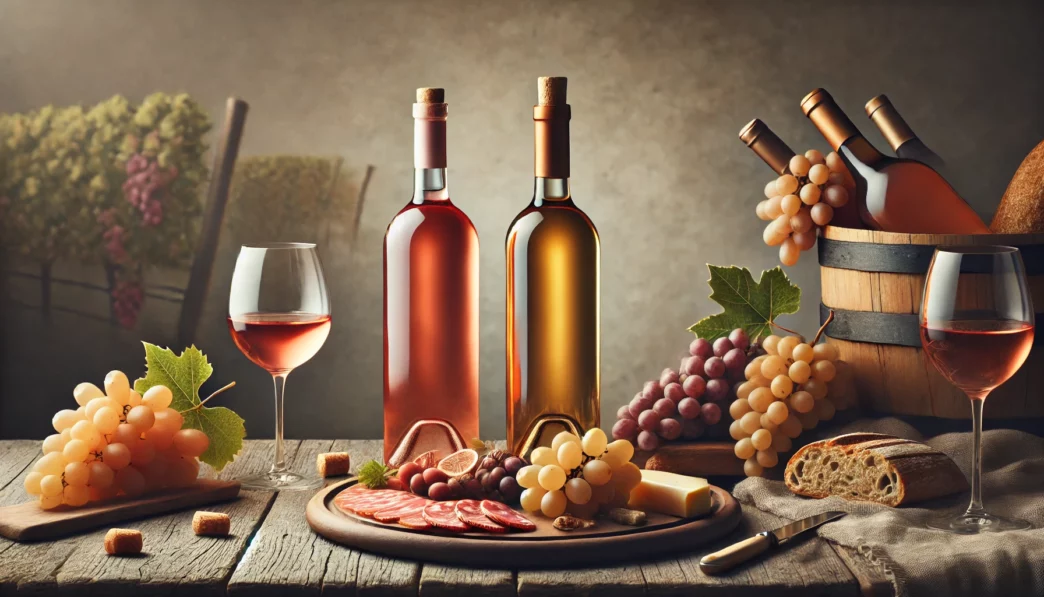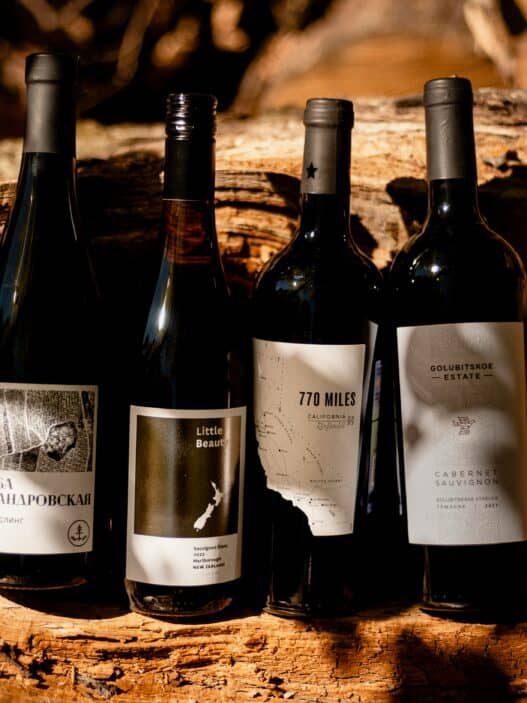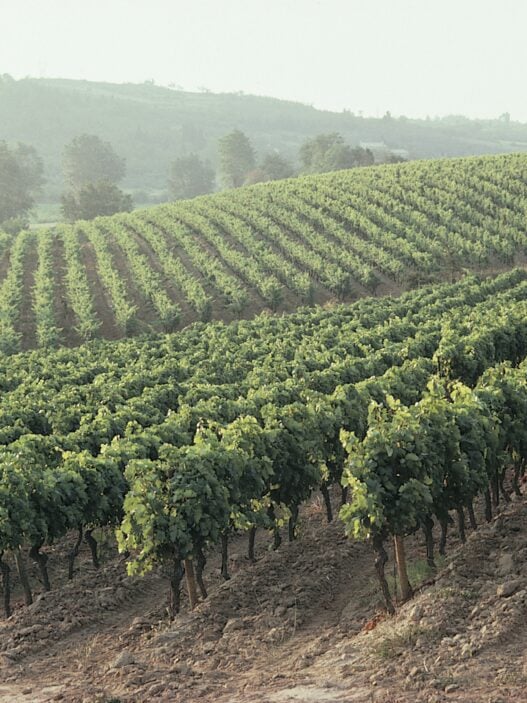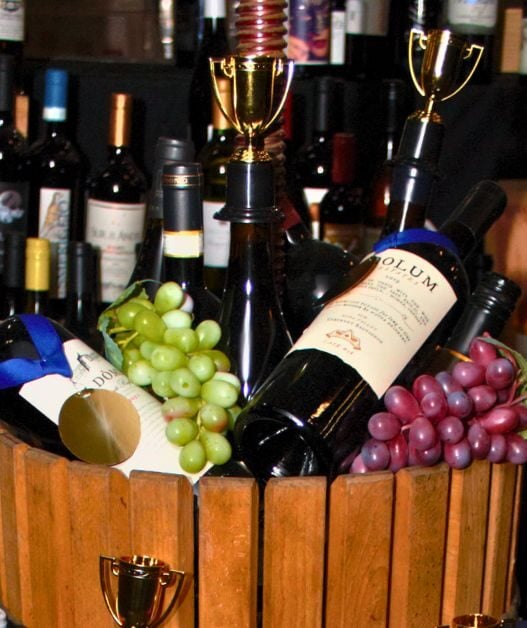When it comes to wine, the conversation often revolves around the timeless dichotomy of red versus white. Yet, between these familiar categories lies a spectrum of vibrant, complex, and alluring options that demand attention: rosé and orange wines. Both categories offer unique flavor profiles, intriguing production methods, and an opportunity to rethink traditional wine pairings. Let’s delve into the colorful world of rosé and orange wines, exploring what makes them so captivating.
The Allure of Rosé: Elegance in Shades of Pink
Rosé wine has experienced a remarkable resurgence in popularity, becoming a staple for everything from casual summer picnics to sophisticated dinner parties. But what sets rosé apart from its red and white counterparts?
How Rosé Is Made
The key to rosé lies in its production. Unlike red wine, where grape skins ferment with the juice for extended periods to create deep color and tannins, rosé is made with limited skin contact. This process, called maceration, typically lasts anywhere from a few hours to a couple of days, resulting in rosé’s signature pink hue. The exact shade can range from pale blush to vibrant salmon, depending on the grape variety and winemaking techniques used.
Styles and Flavors
Rosé wines are incredibly versatile, with styles that cater to every palate:
- Provence Rosé: Light, dry, and elegant, these wines often feature notes of strawberry, watermelon, and herbs.
- Spanish Rosado: Fuller-bodied with ripe red berry flavors, often crafted from Garnacha or Tempranillo grapes.
- California Rosé: Ranging from crisp and dry to sweeter styles, made from a variety of grapes such as Zinfandel or Pinot Noir.
Perfect Pairings
Rosé’s bright acidity and moderate body make it an ideal companion to food. Try a Provence rosé with seafood, a Spanish rosado with grilled meats, or a sweeter rosé with spicy Asian cuisine.
The Mystery of Orange Wine: Ancient Tradition Meets Modern Revival
While rosé has become a familiar favorite, orange wine—also known as skin-contact wine—is a more niche and mysterious category. Often misunderstood, these amber-hued wines are neither made from oranges nor artificially colored. Instead, their distinctive appearance and flavor come from ancient winemaking techniques that are making a modern comeback.
How Orange Wine Is Made
Orange wines are crafted using white grapes, but unlike traditional white wine production, the grape skins are left in contact with the juice during fermentation. This extended skin contact imparts tannins, structure, and color to the wine, resulting in its characteristic golden or amber hue.
What Does Orange Wine Taste Like?
Orange wines are incredibly diverse, often exhibiting a balance of fruity, floral, and savory notes with a distinct texture. Common flavor descriptors include:
- Dried apricot
- Honey
- Nuts
- Spices like clove or ginger
Their complexity can make orange wines polarizing, but for adventurous drinkers, they offer a rewarding sensory experience.
Pairing Orange Wine with Food
Thanks to their tannins and rich flavors, orange wines pair beautifully with robust dishes. Think roasted vegetables, Middle Eastern spices, aged cheeses, or fermented foods like kimchi.
Why These Wines Deserve a Spot in Your Glass
Both rosé and orange wines represent a departure from the ordinary, encouraging wine lovers to explore beyond the confines of red and white. Here’s why they deserve a place on your table:
- Versatility: Both styles are food-friendly and capable of elevating a wide range of dishes.
- Diversity: From crisp and refreshing rosés to bold and complex orange wines, there’s something for every palate.
- Conversation Starters: These wines are perfect for introducing friends to new styles and sparking discussions about winemaking traditions and techniques.
Final Sip
Exploring rosé and orange wines is an adventure into the artistry and innovation of winemaking. Whether you’re savoring a chilled glass of rosé on a sunny afternoon or diving into the bold complexity of an orange wine, these vibrant categories promise to broaden your appreciation for the diverse world of wine.
Ready to try something new? Seek out a trusted wine shop or online retailer to explore their selection of rosé and orange wines. For more on these unique styles, check out Wine Enthusiast’s guide to rosé or Food & Wine’s deep dive into orange wines. Cheers to discovering your next favorite bottle!





